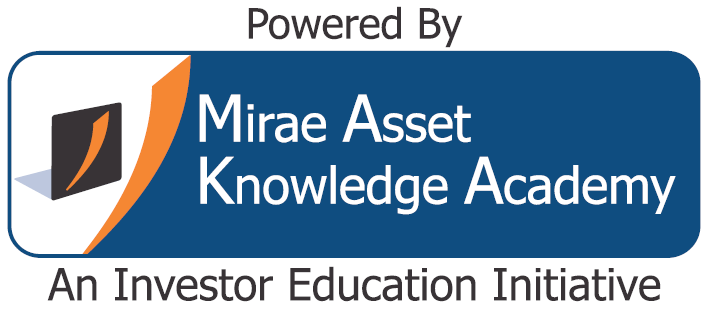In credit risk debt mutual funds, the fund managers aim to capture higher yields by investing a portion of the assets in slightly lower rated (lower than AA) corporate bonds or debentures. The yield spread between A and AA rated papers can range from 175 to 200 bps, while that between A and AAA rated papers can range from 200 to 225 bps. While lower rated papers give higher yields, they are also exposed to higher credit risk. If the credit rating of a bond worsens (downgraded), then the price of the bond will fall. The fund managers try to balance the higher credit risk by investing a substantial portion of the portfolio in highly rated (AAA and AA) rated papers. Fund managers do extensive credit analysis, to ensure that the risk profile of their portfolio does not deteriorate. They also expect some of the lower rated bonds in their portfolio to get upgraded, so that they can benefit from price appreciation. The overall credit risk profile of these debt funds is worse than the other debt mutual funds which invest primarily in G-Secs and highly rated corporate bonds. Investors should understand the risk and be comfortable with these debt mutual funds before investing.
Investment Strategies in Debt Mutual Funds: Credit Risk
Oct 4, 2018
Related Mutual Fund Research Tools
- Top Performing Mutual Funds
- Top 10 mutual funds in India
- Mutual Fund Point to Point Returns
- Top Performing Systematic Investment Plan
- SIP with Annual Increase
- Mutual Fund STP Calculator
- Mutual Fund SWP Calculator
- Top Mutual Funds in India - Lump sum returns
- Mutual Fund Rolling Returns
- Market Capture Ratio
- Top Dividend Paying Mutual Funds
- Mutual Fund NAV Changes
Related Tools & Calculators
- Systematic Investment Plans
- Become A Crorepati
- Mutual Fund SIP Calculator Step Up
- Goal based Top Up SIP
- Target Amount SIP Calculator
- SIP with Annual Increase
- Retirement Planning Calculator
- Future Value Calculator
- Lumpsum Target Calculator
- Lumpsum Calculator
- Lumpsum Target Calculator
- Compounding Calculator




